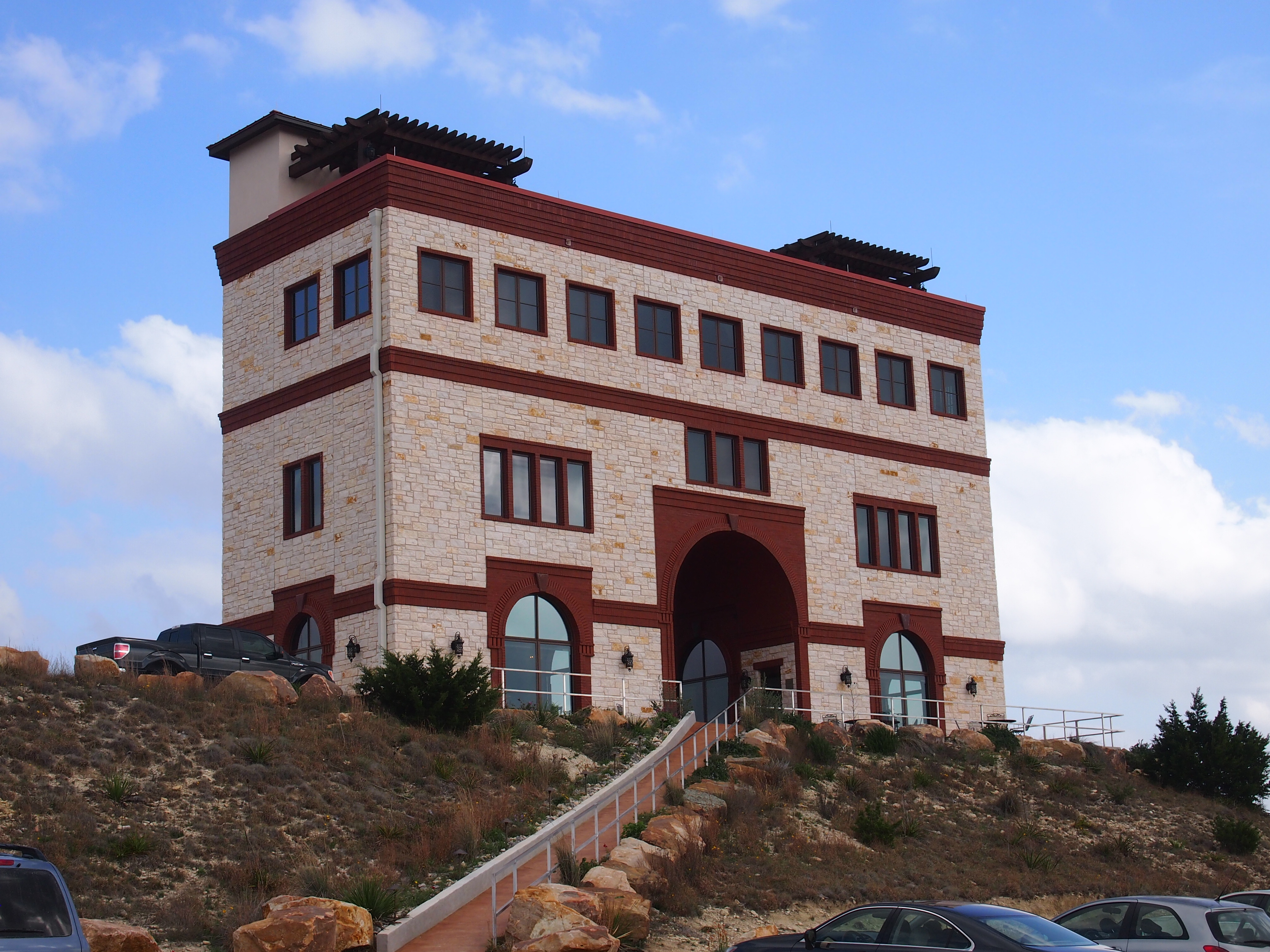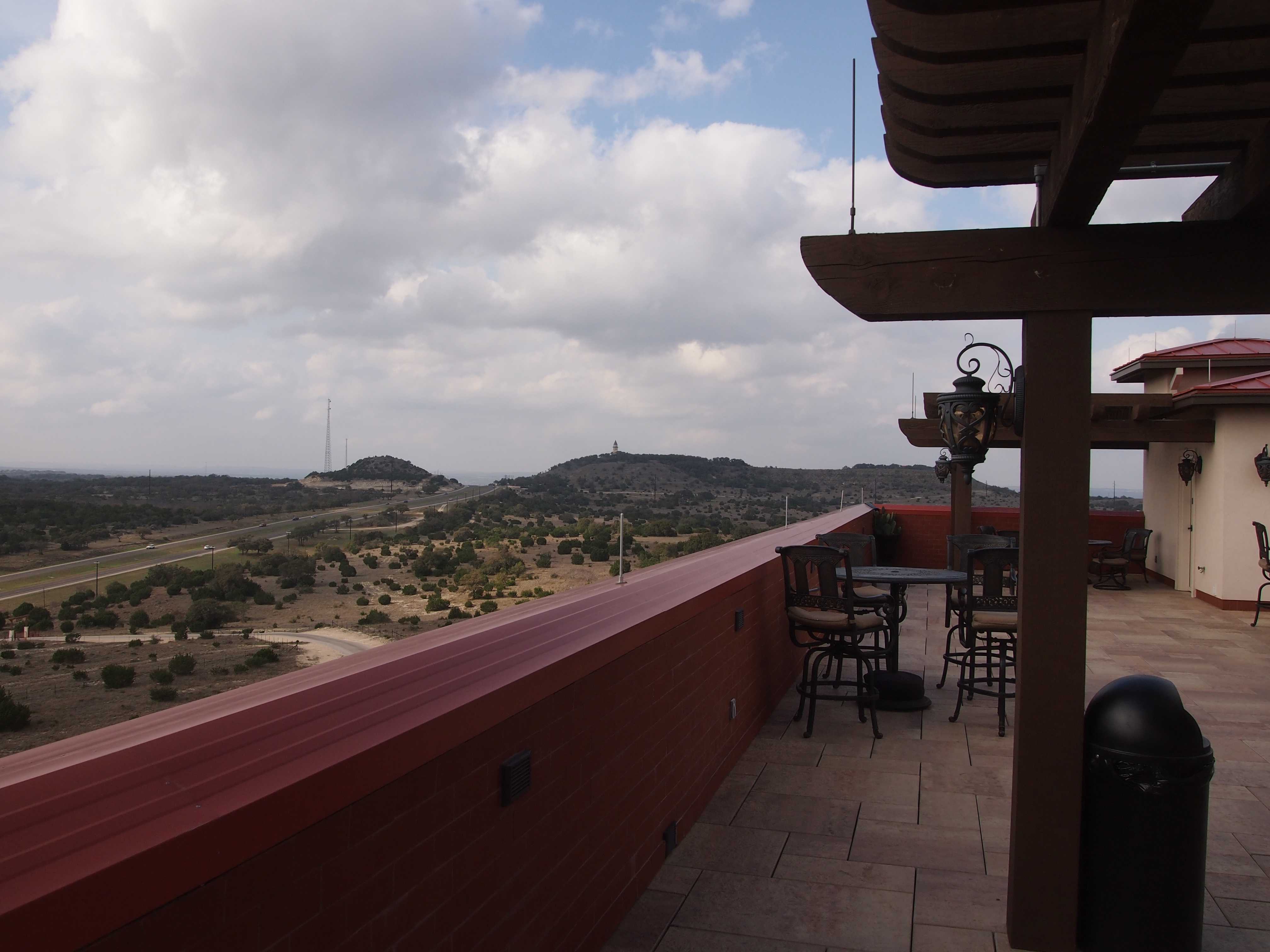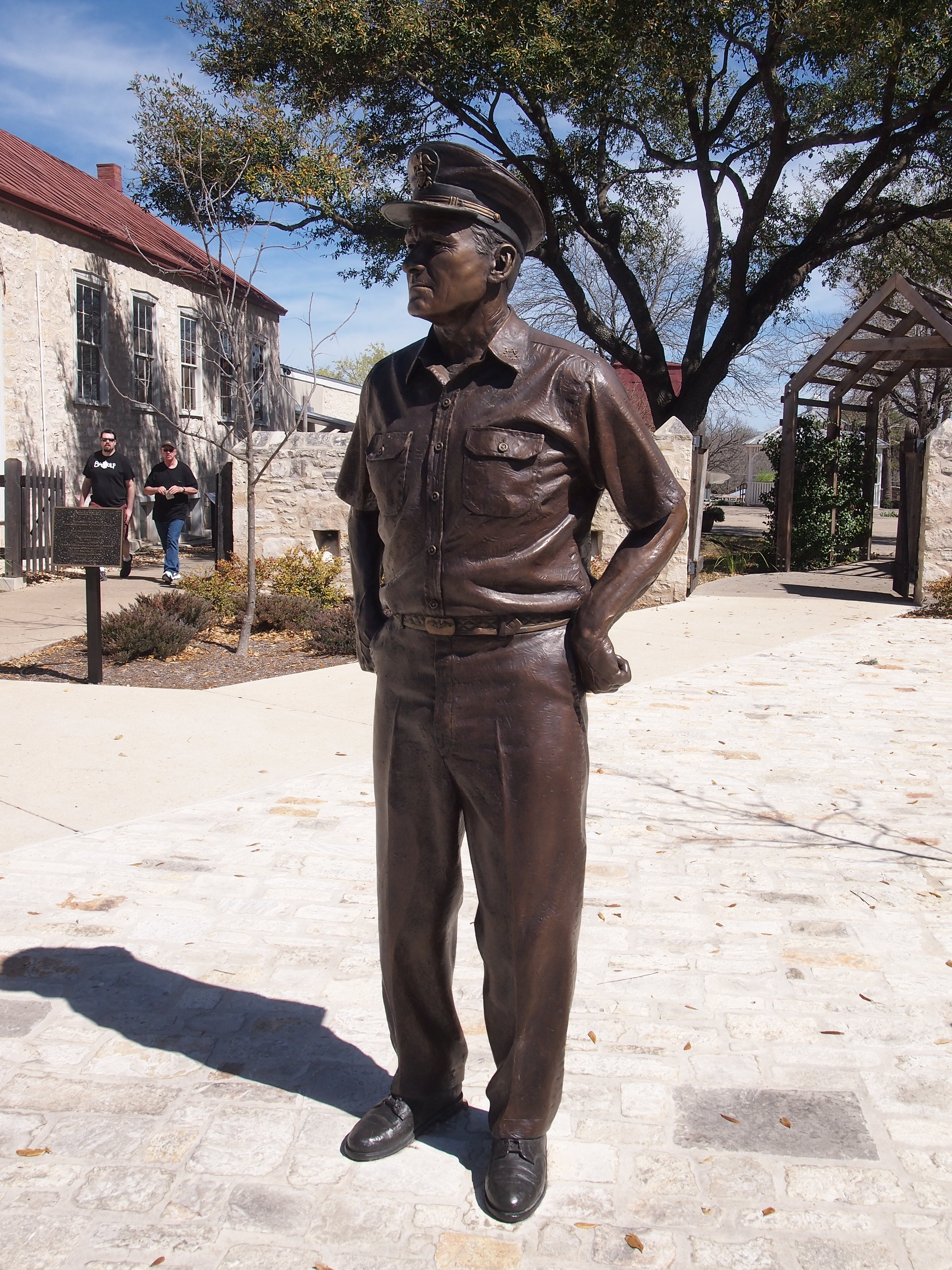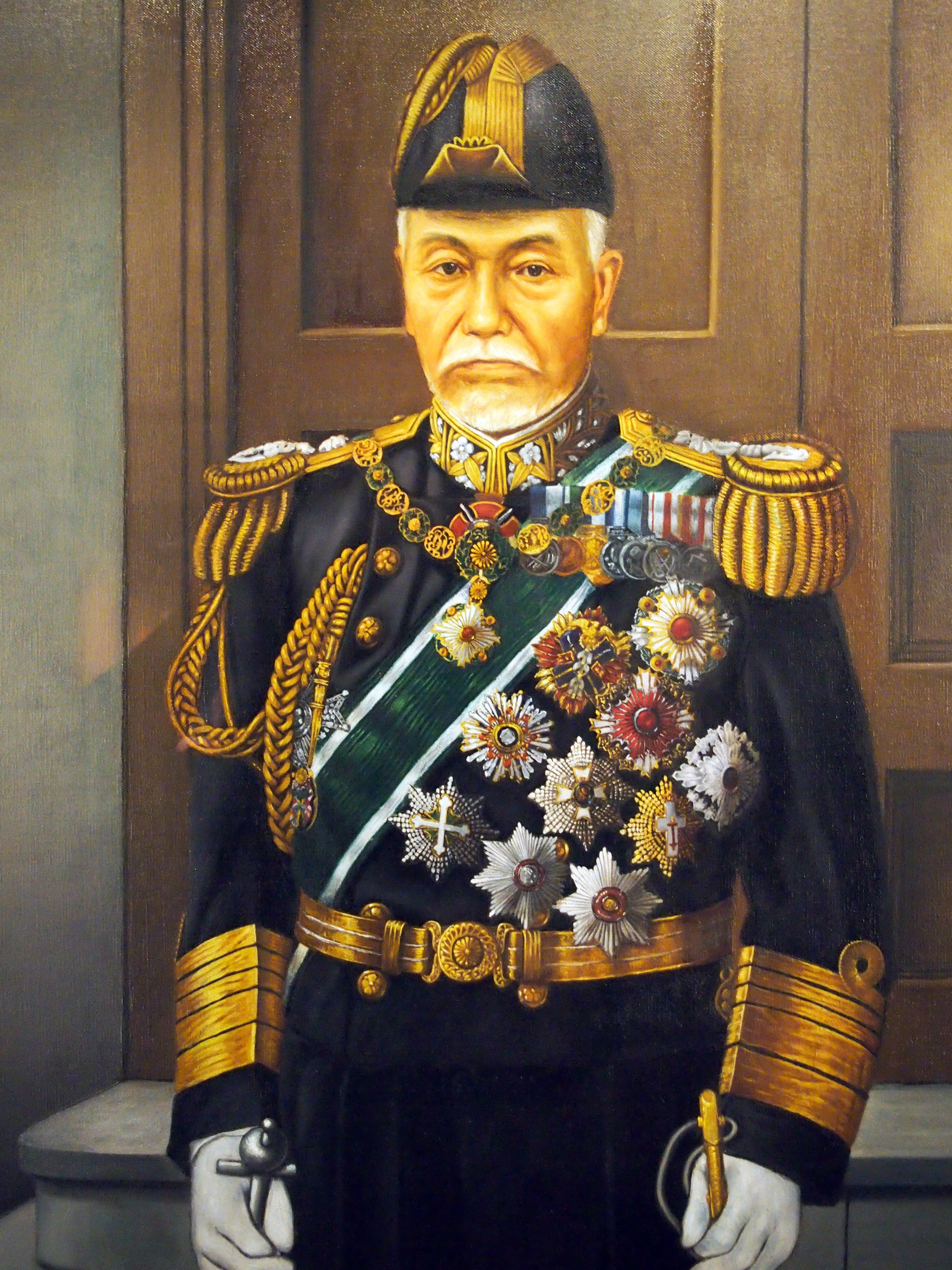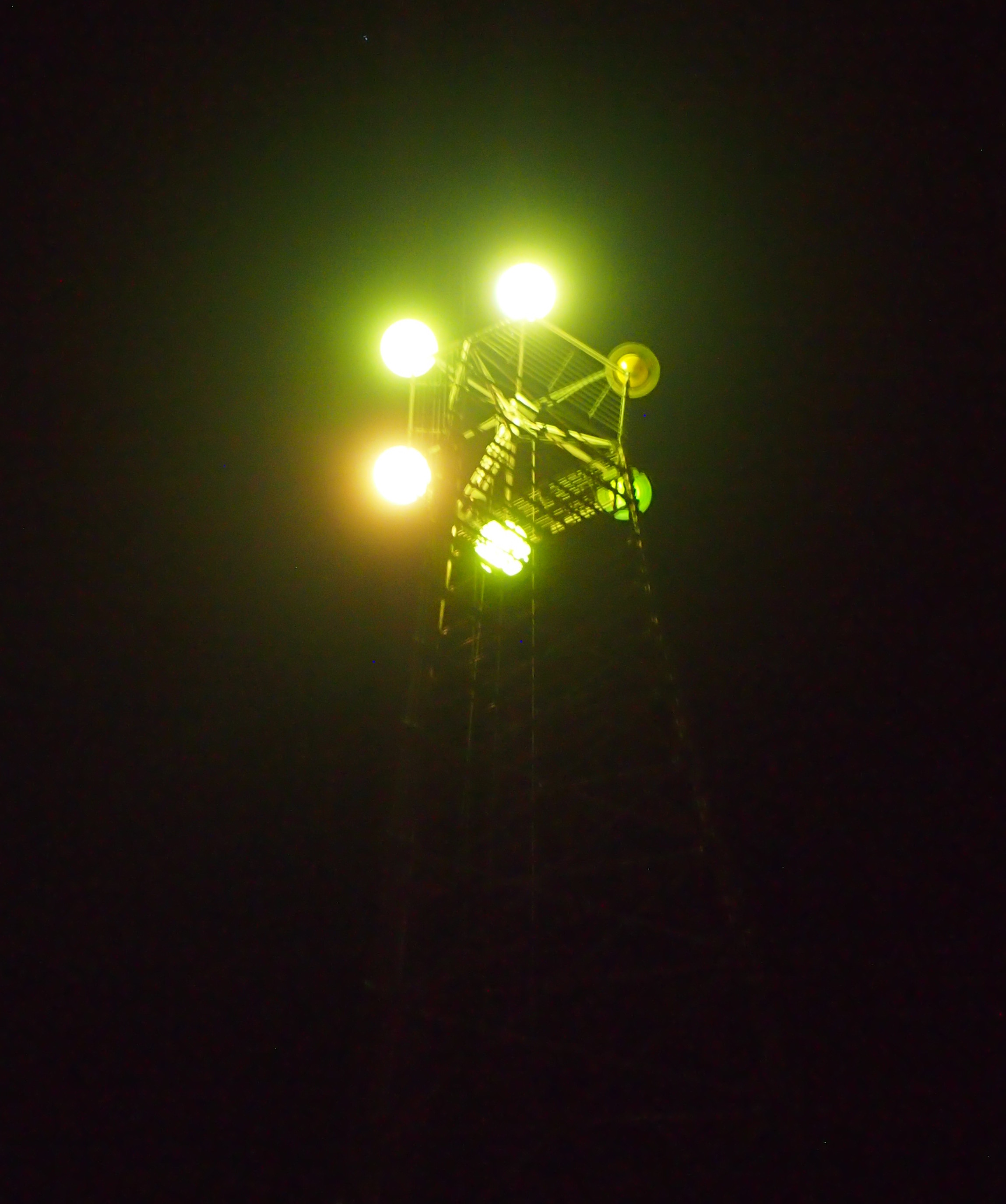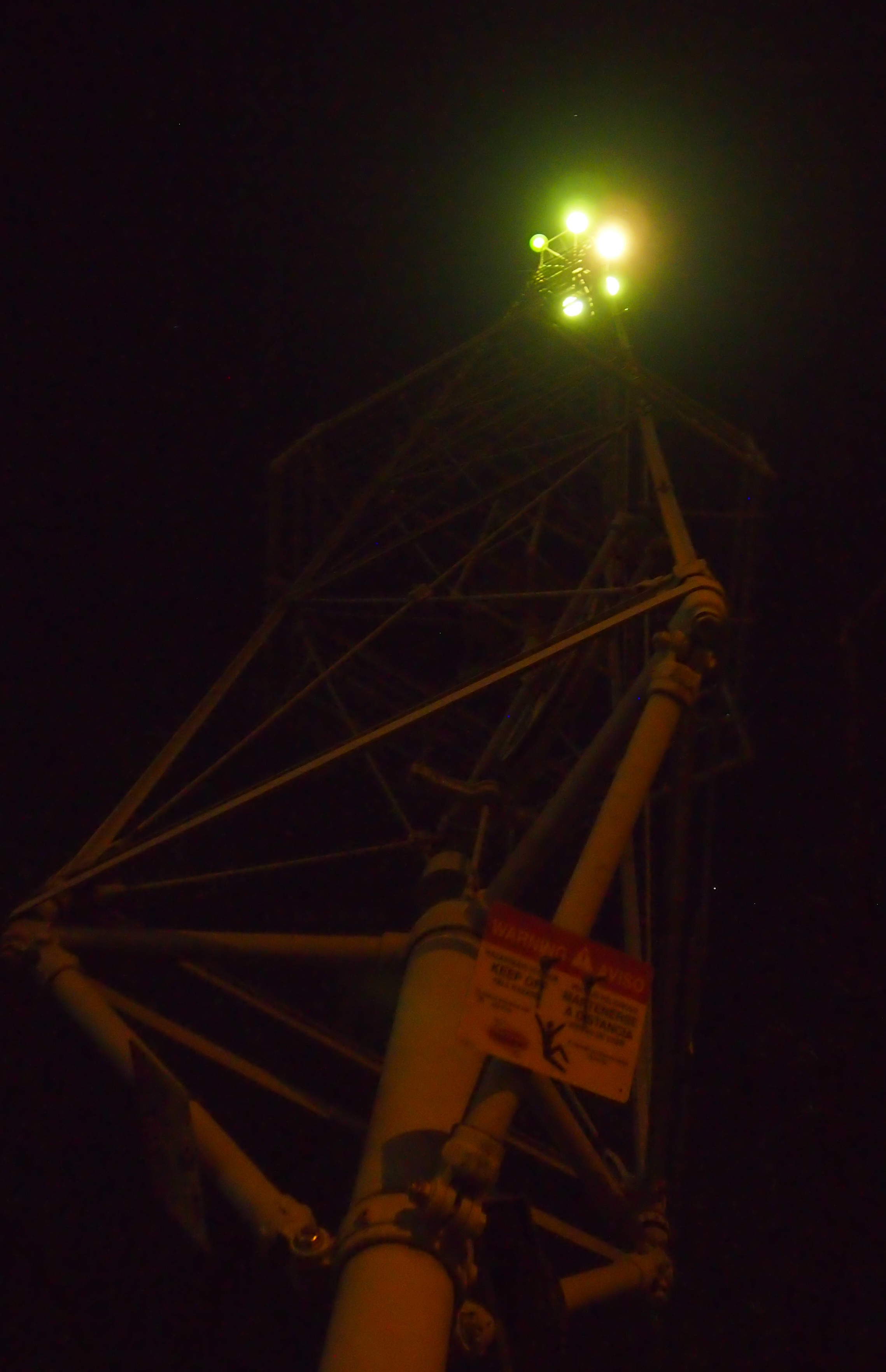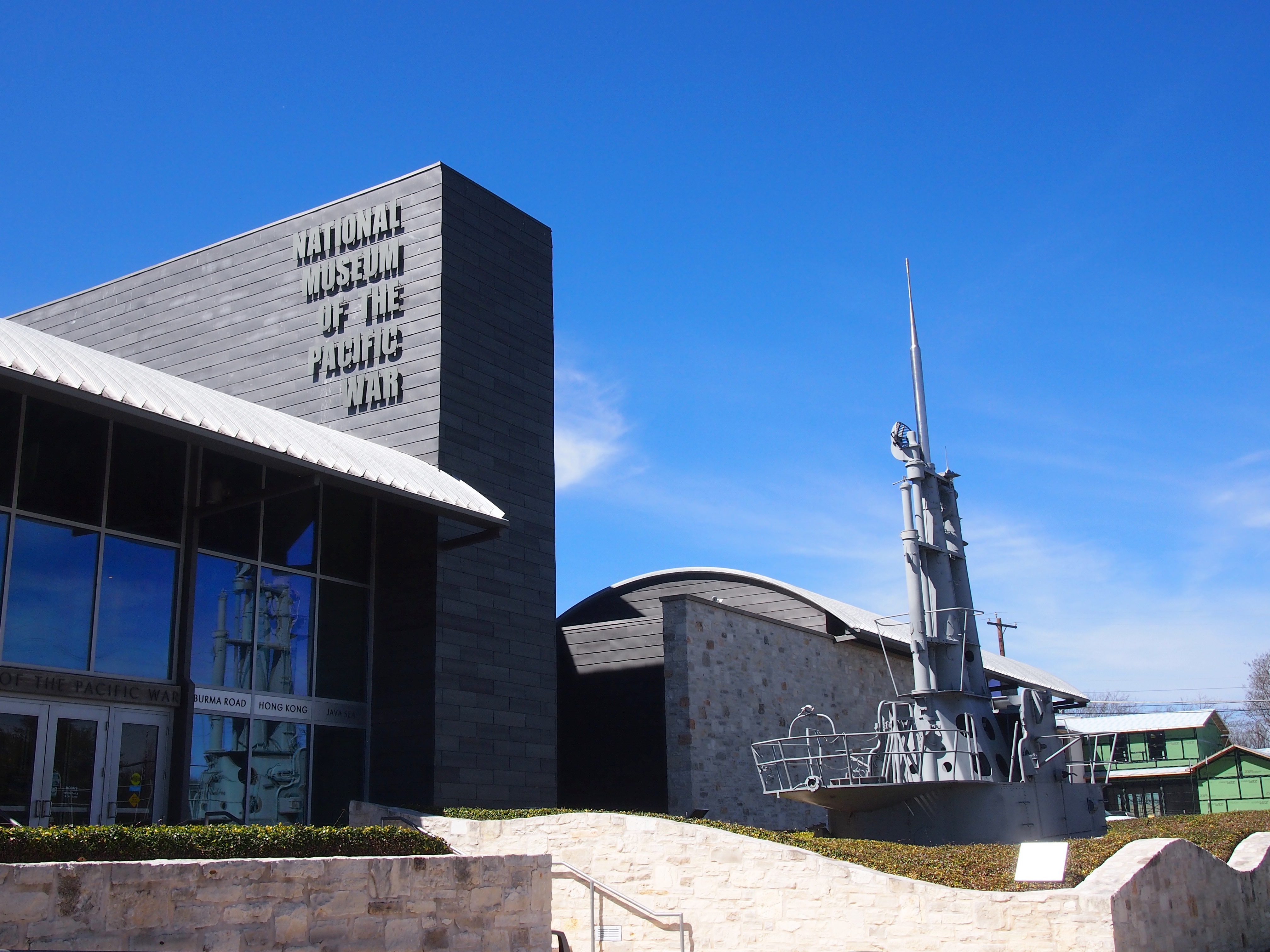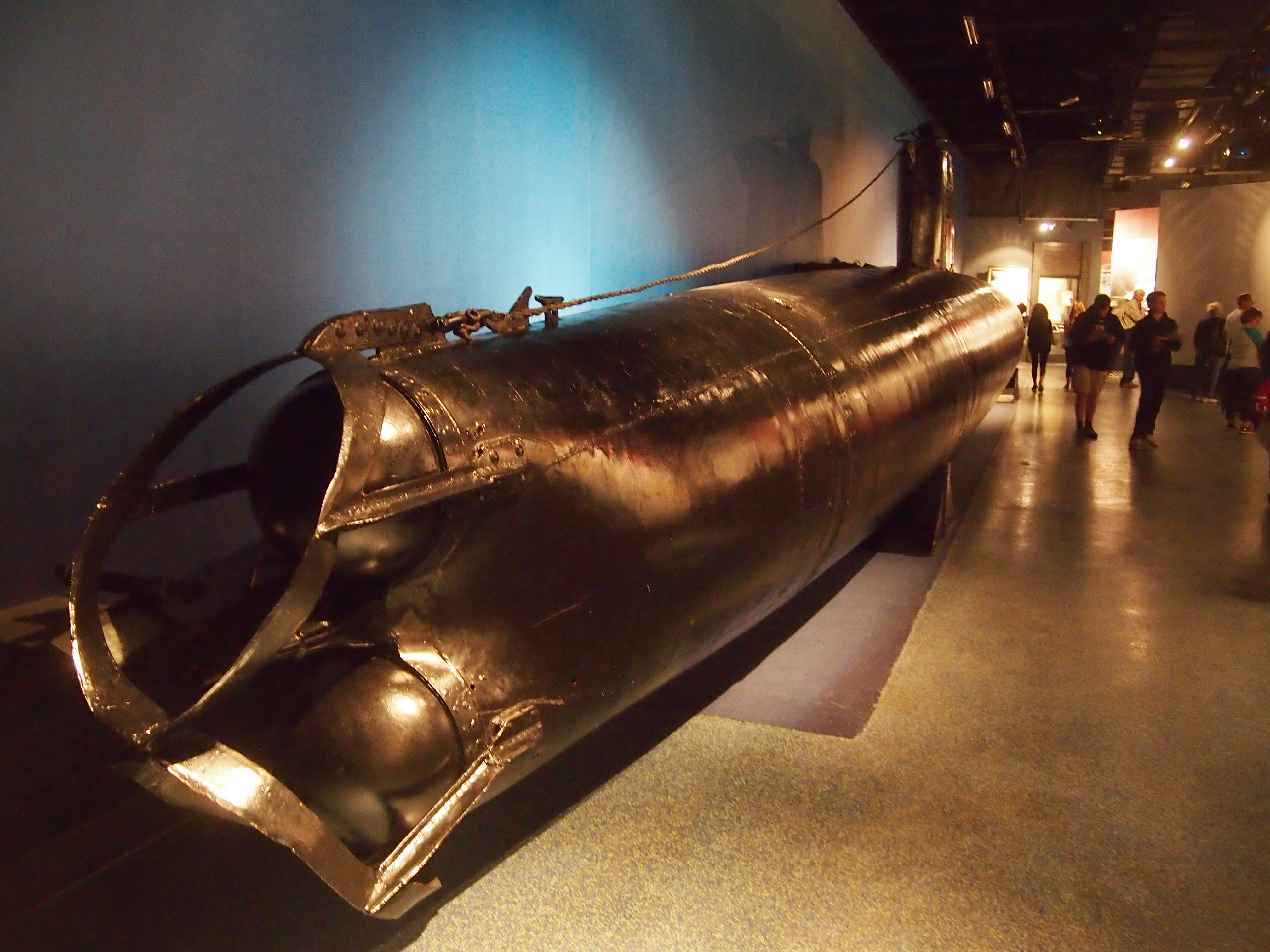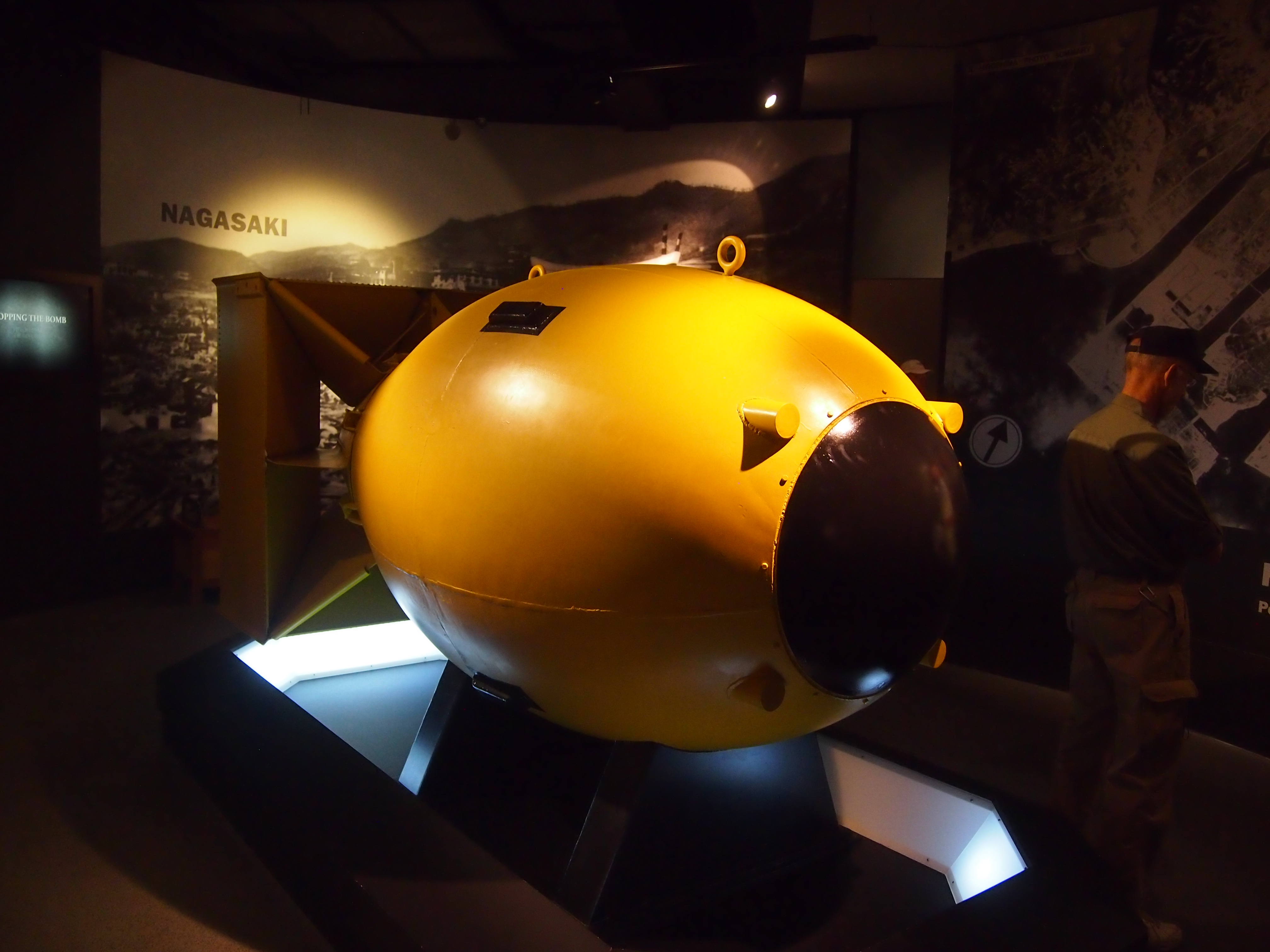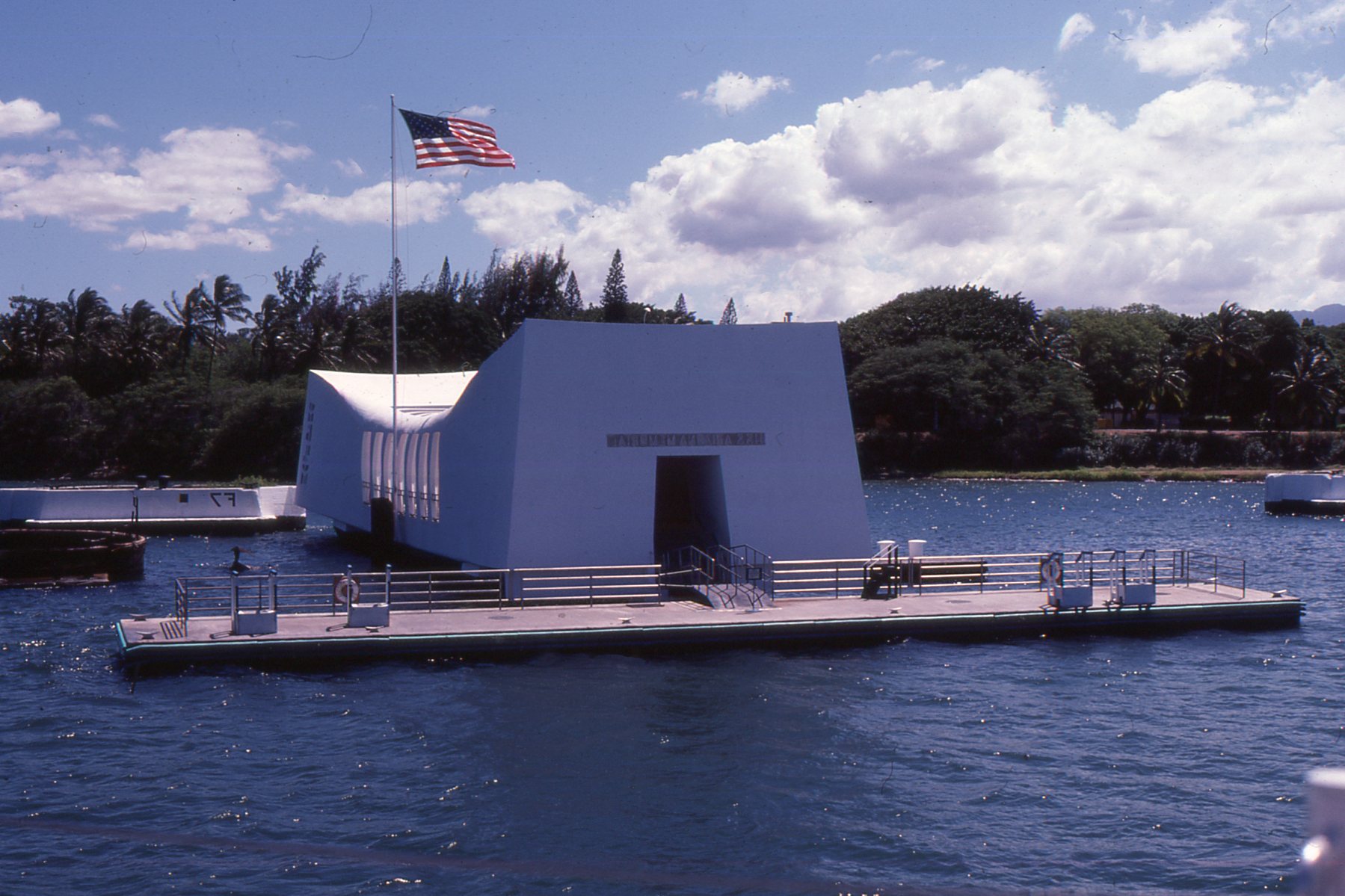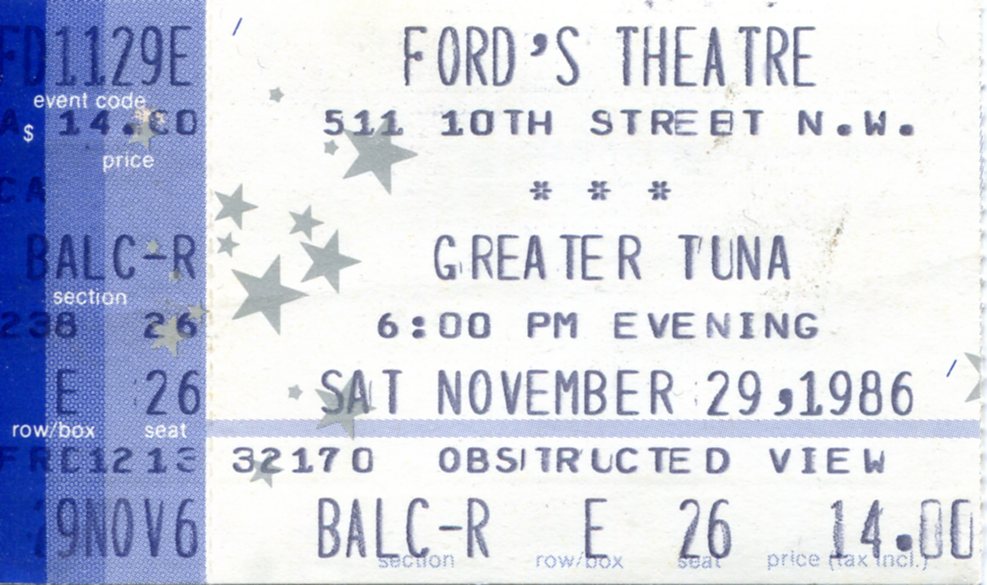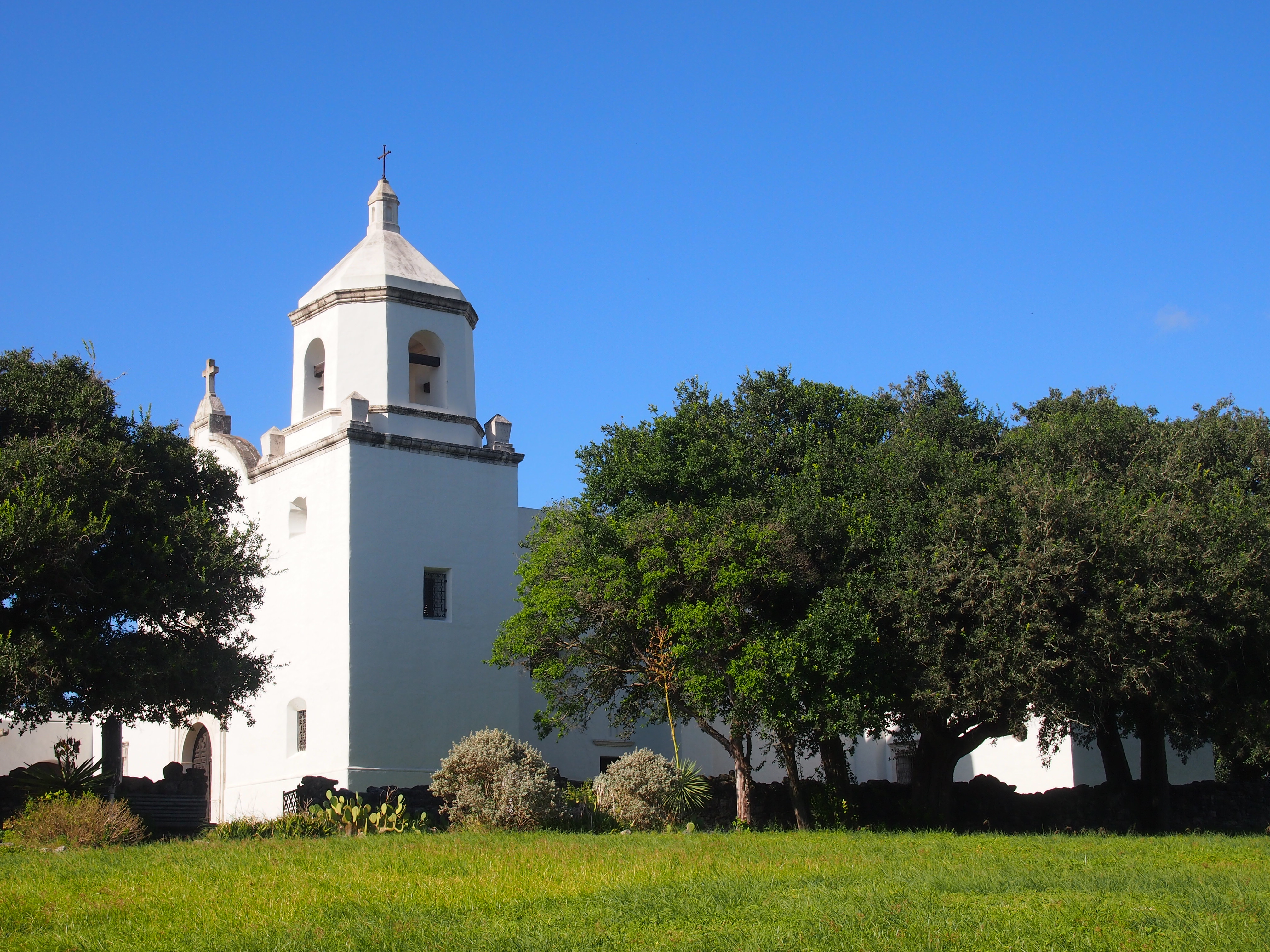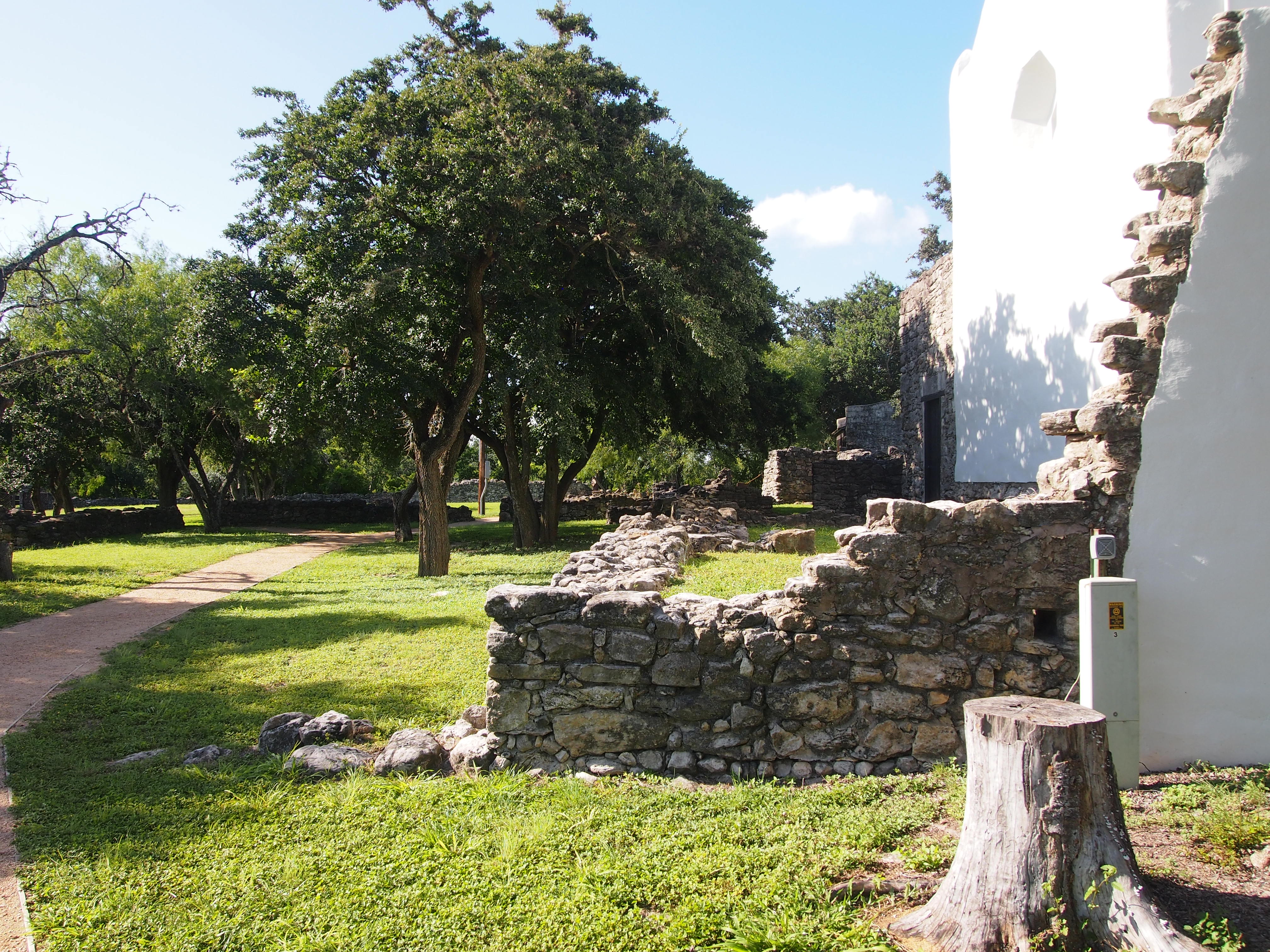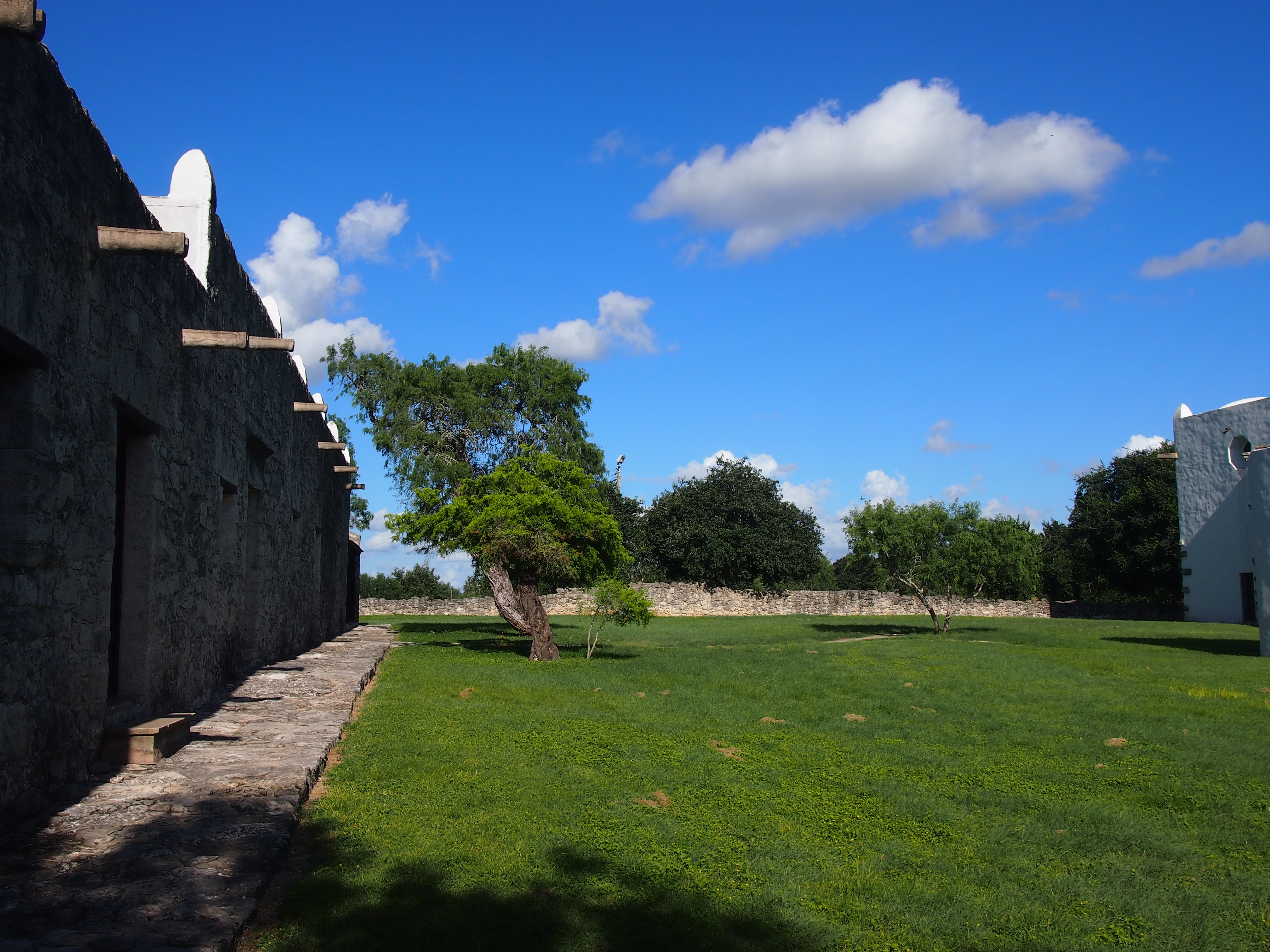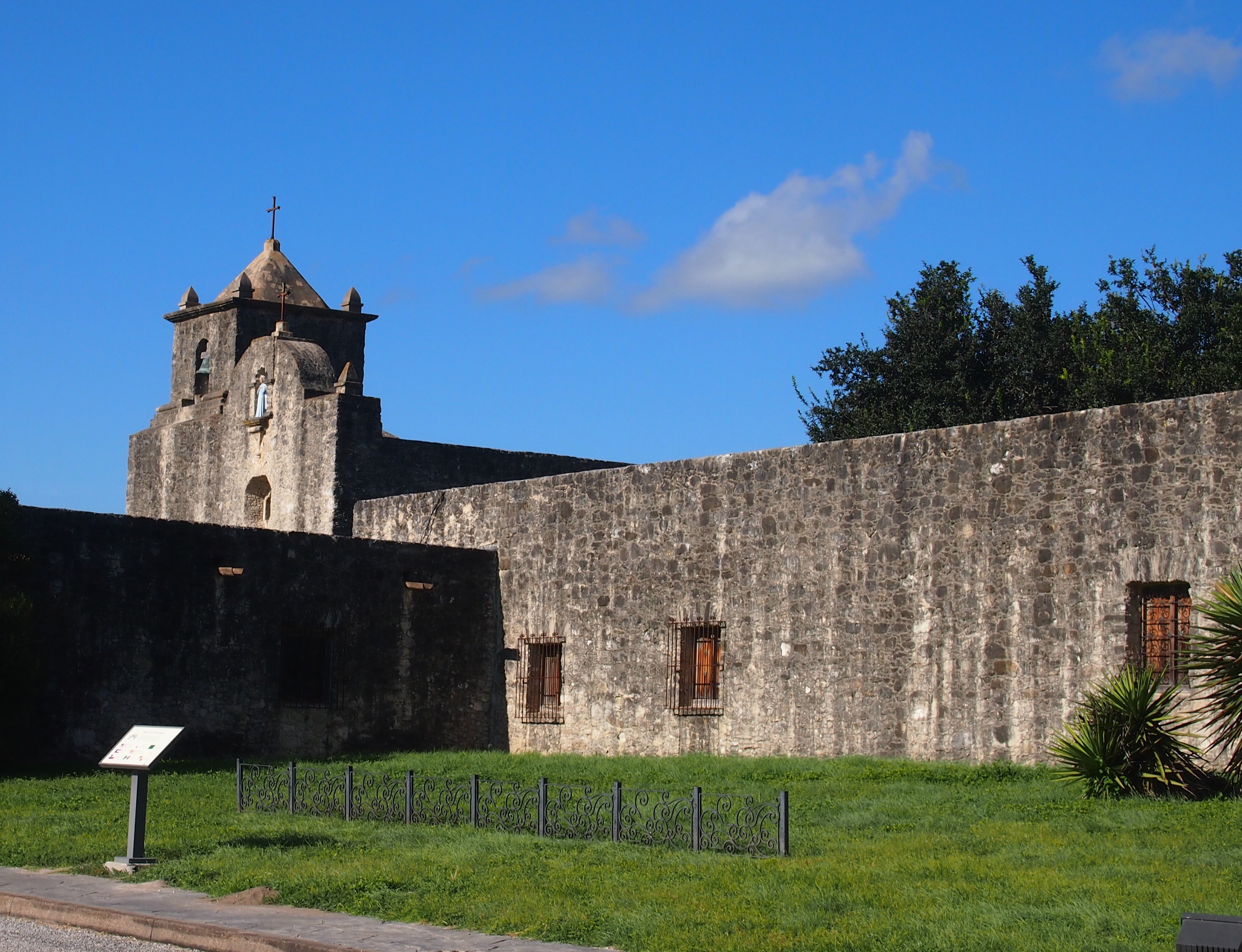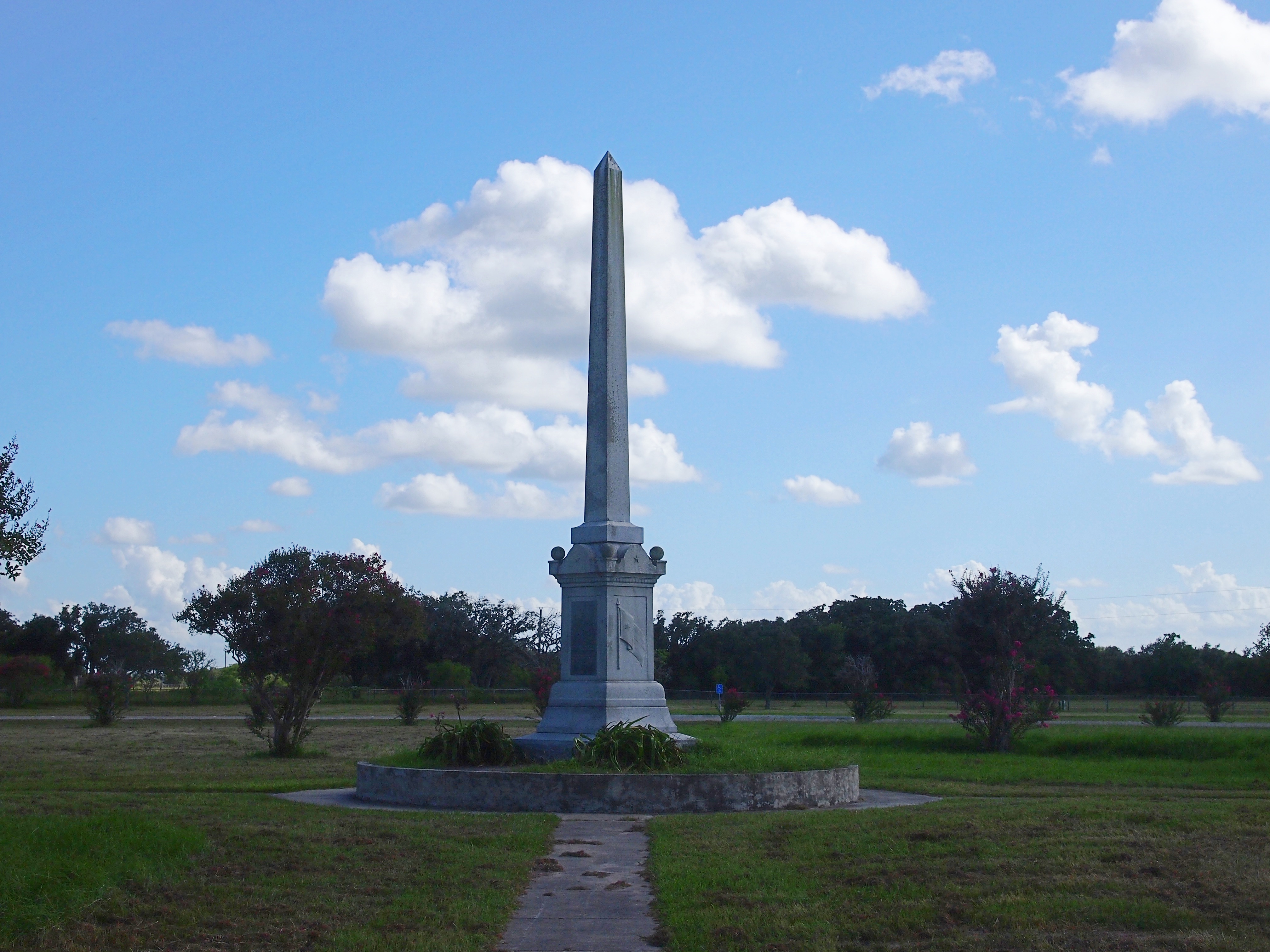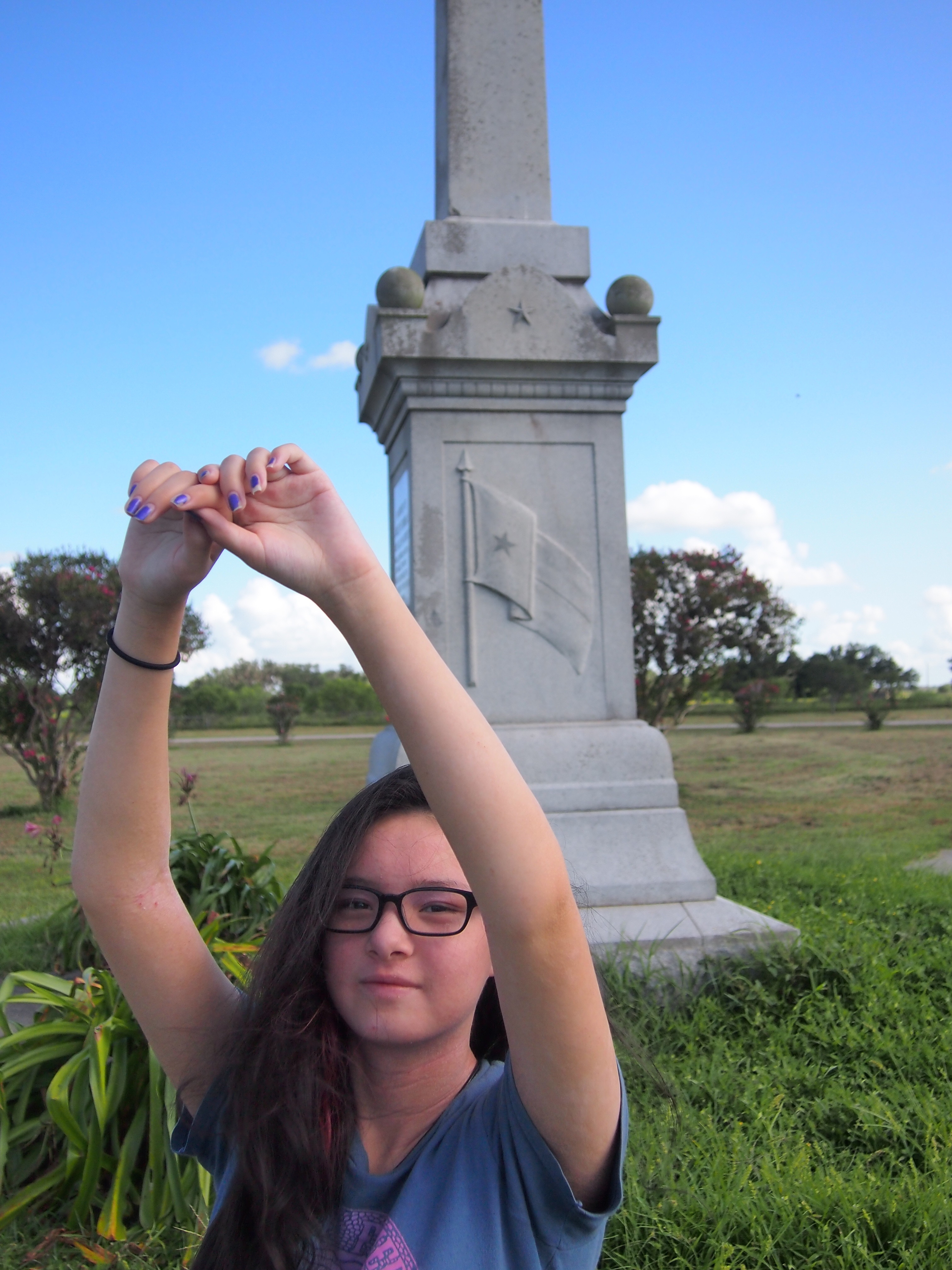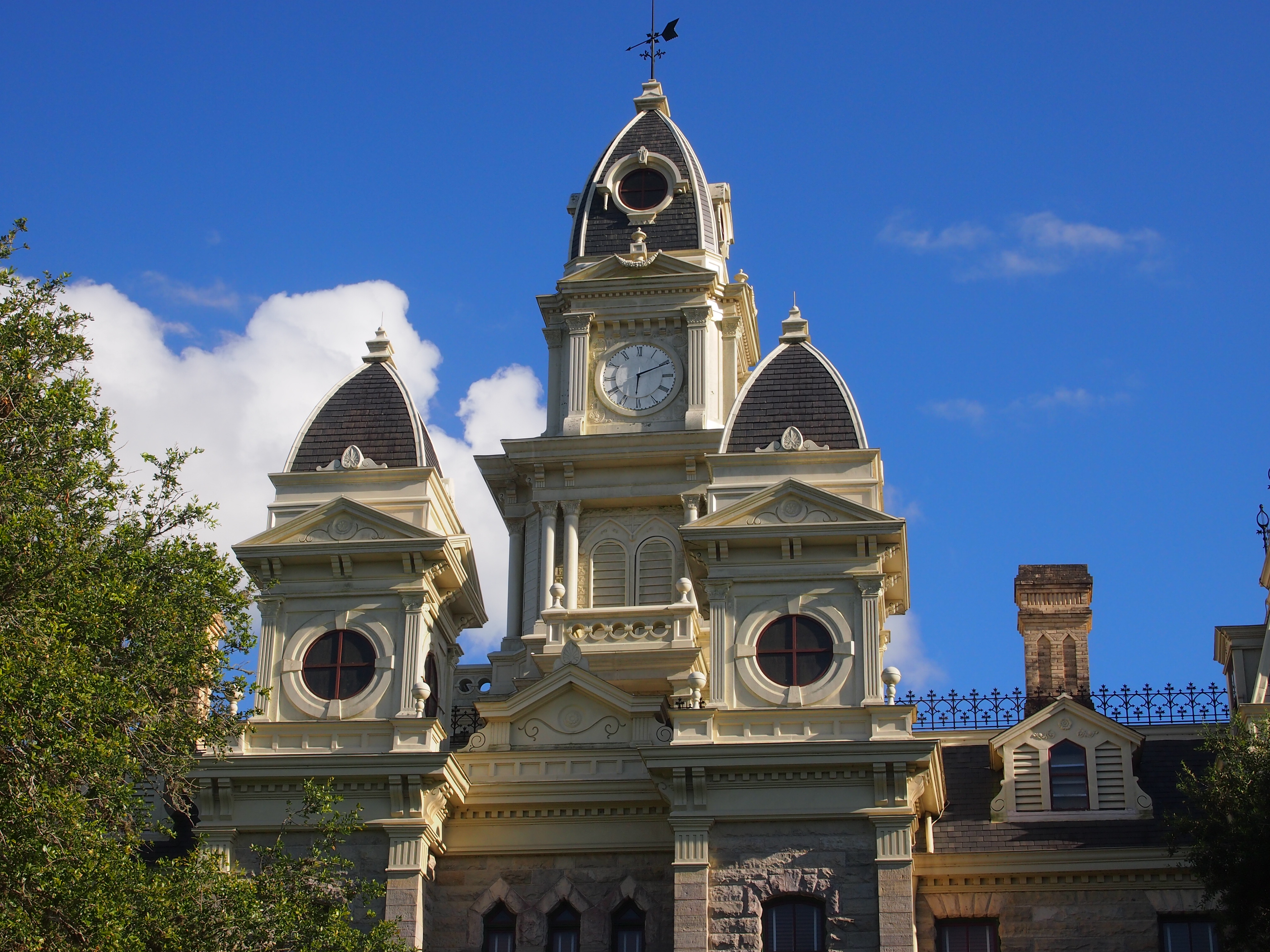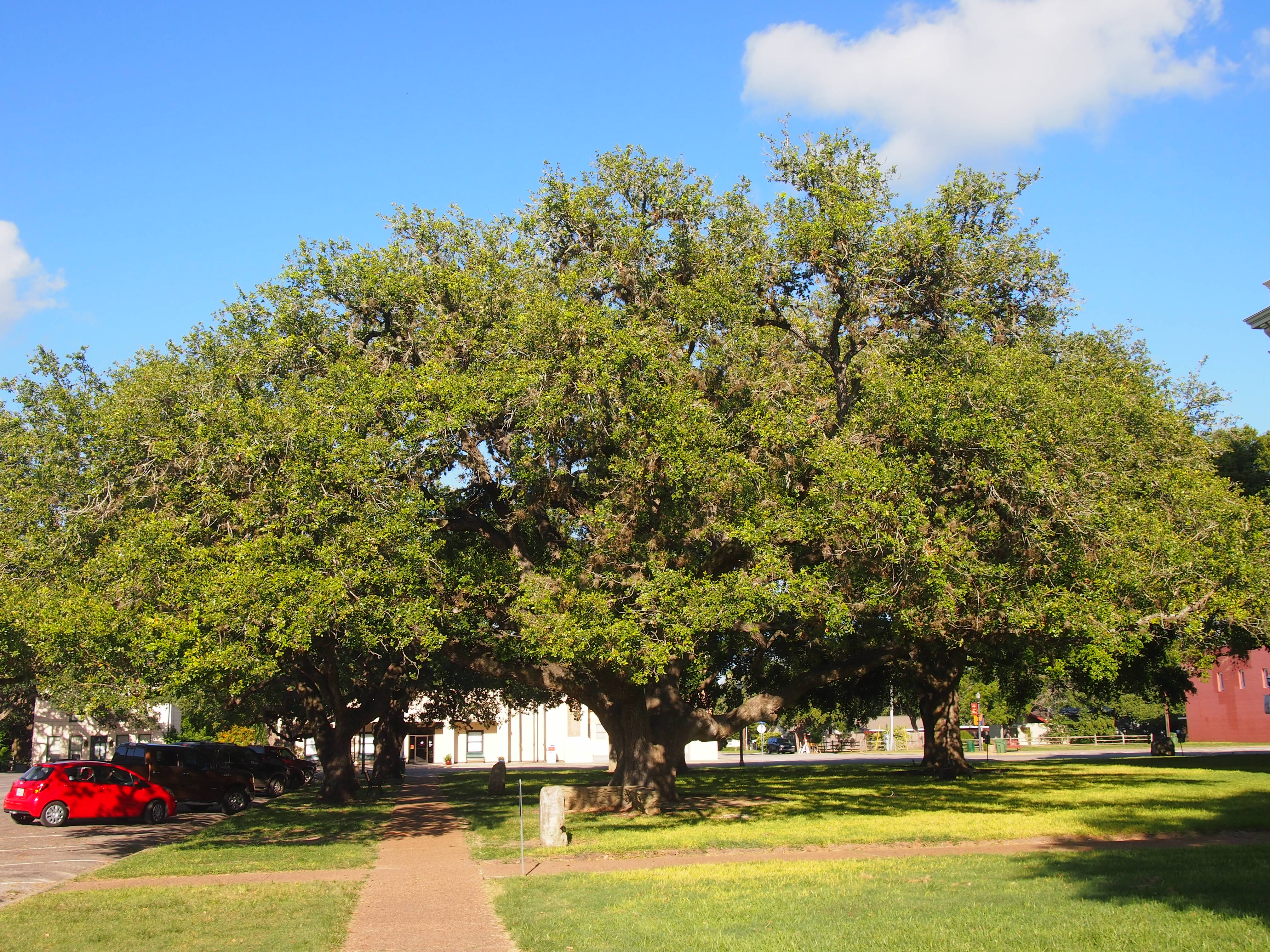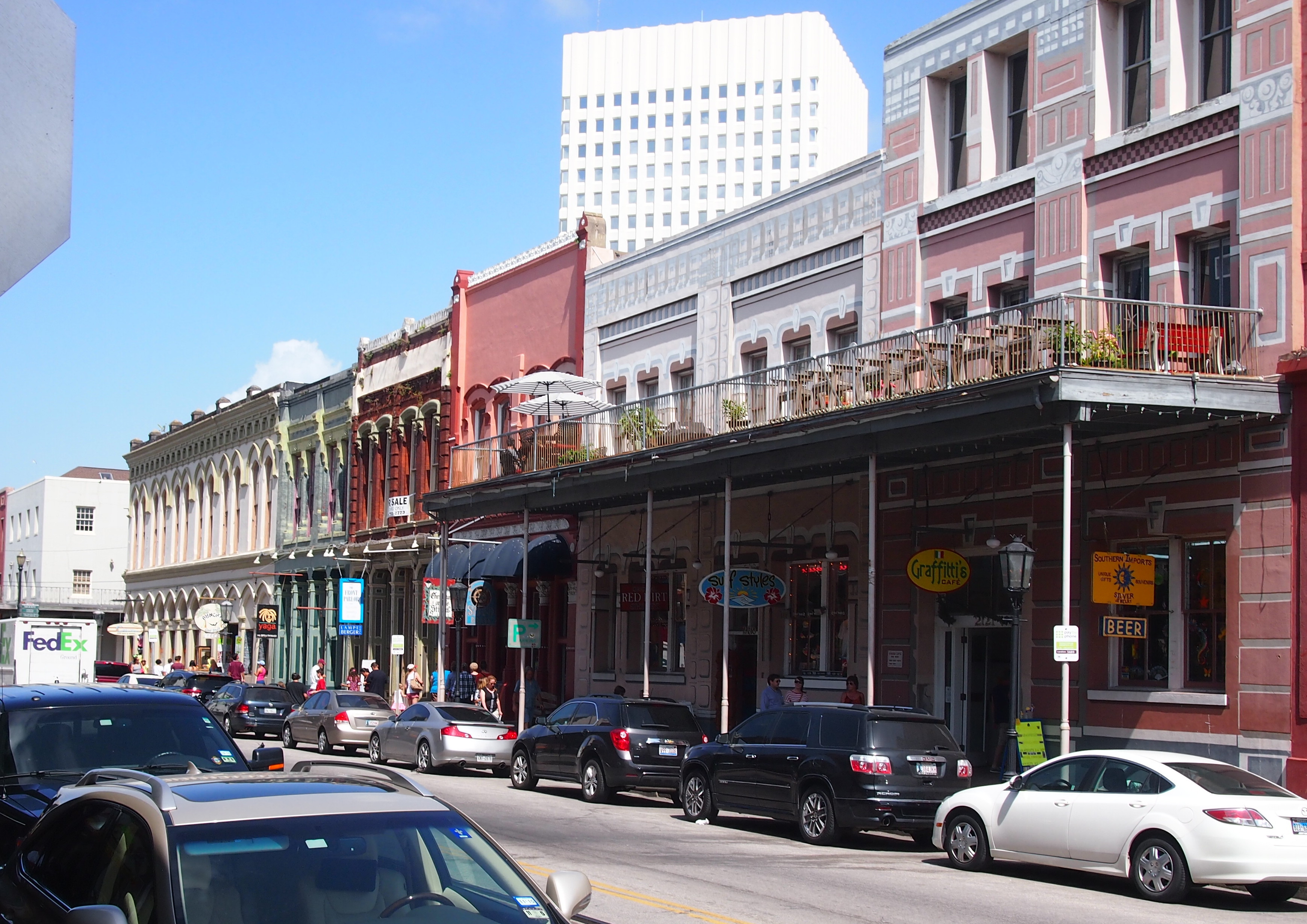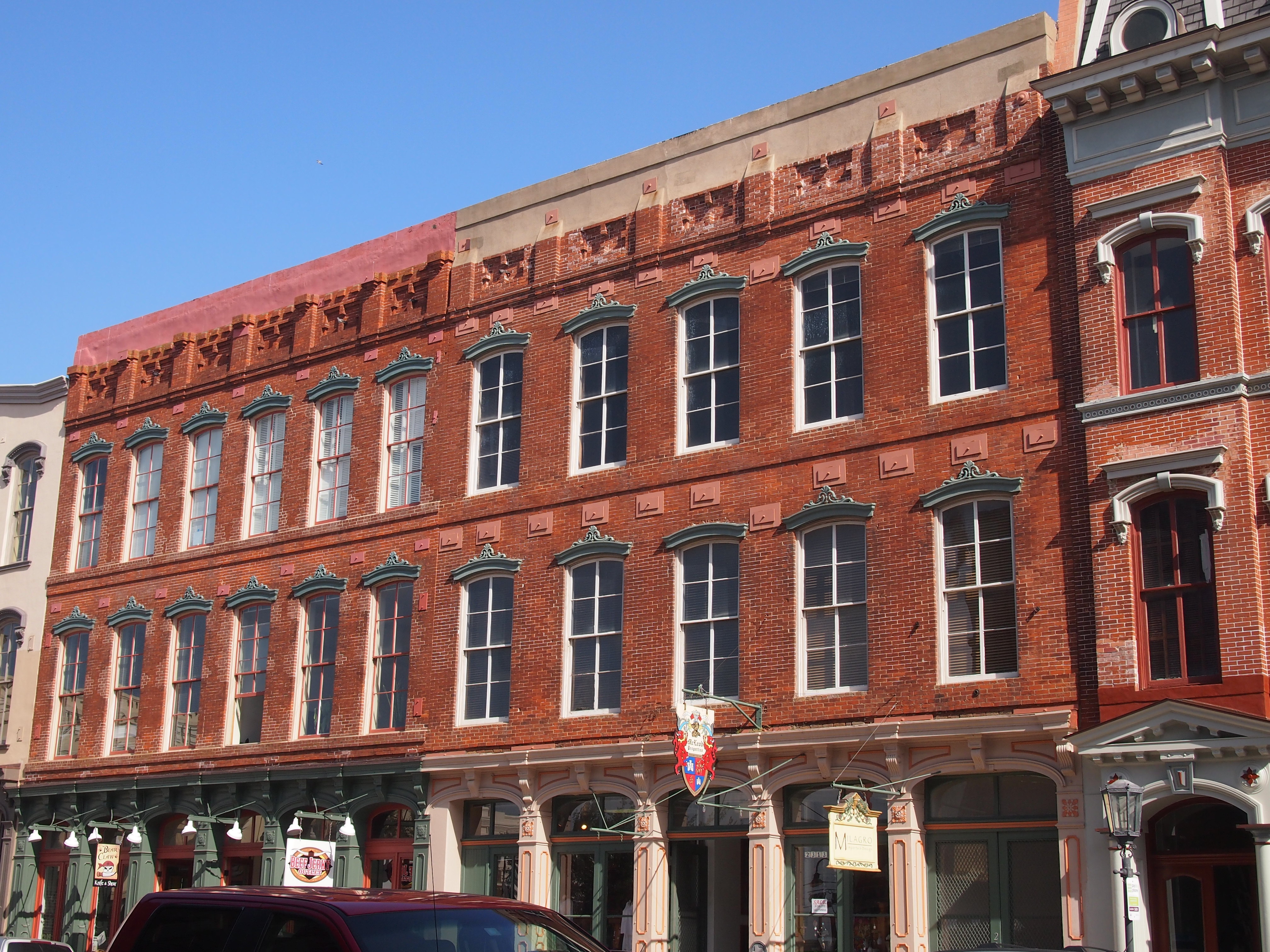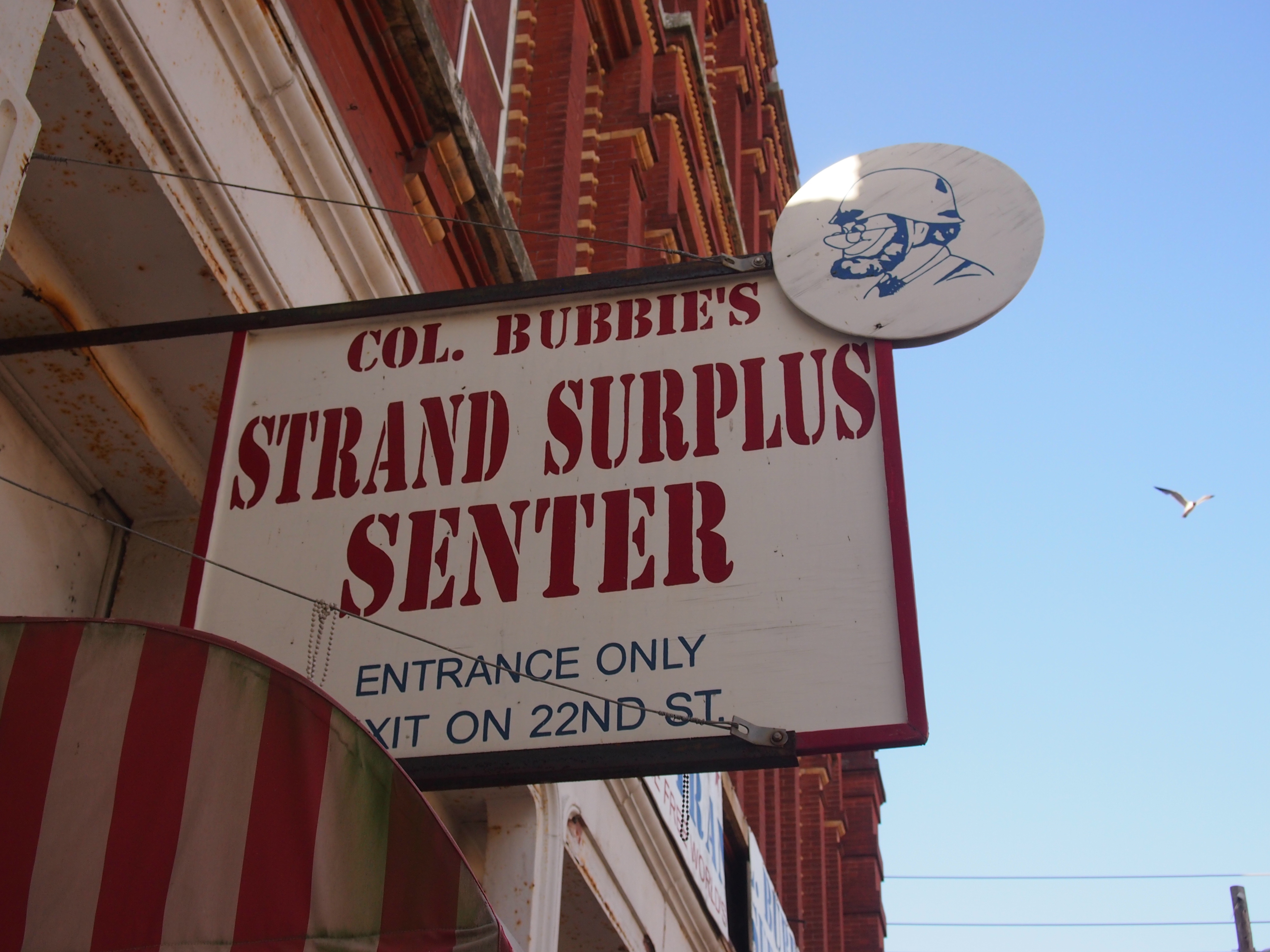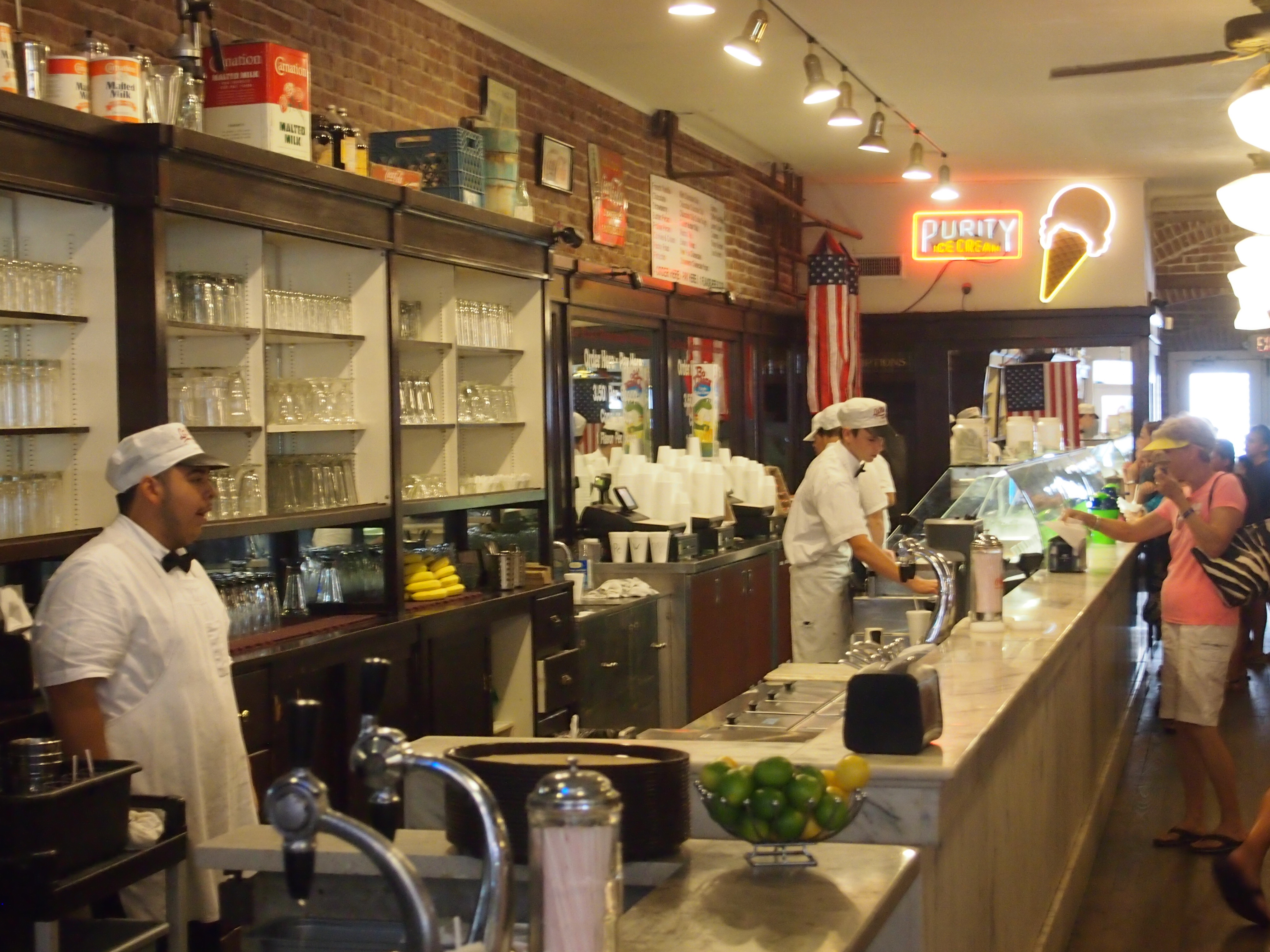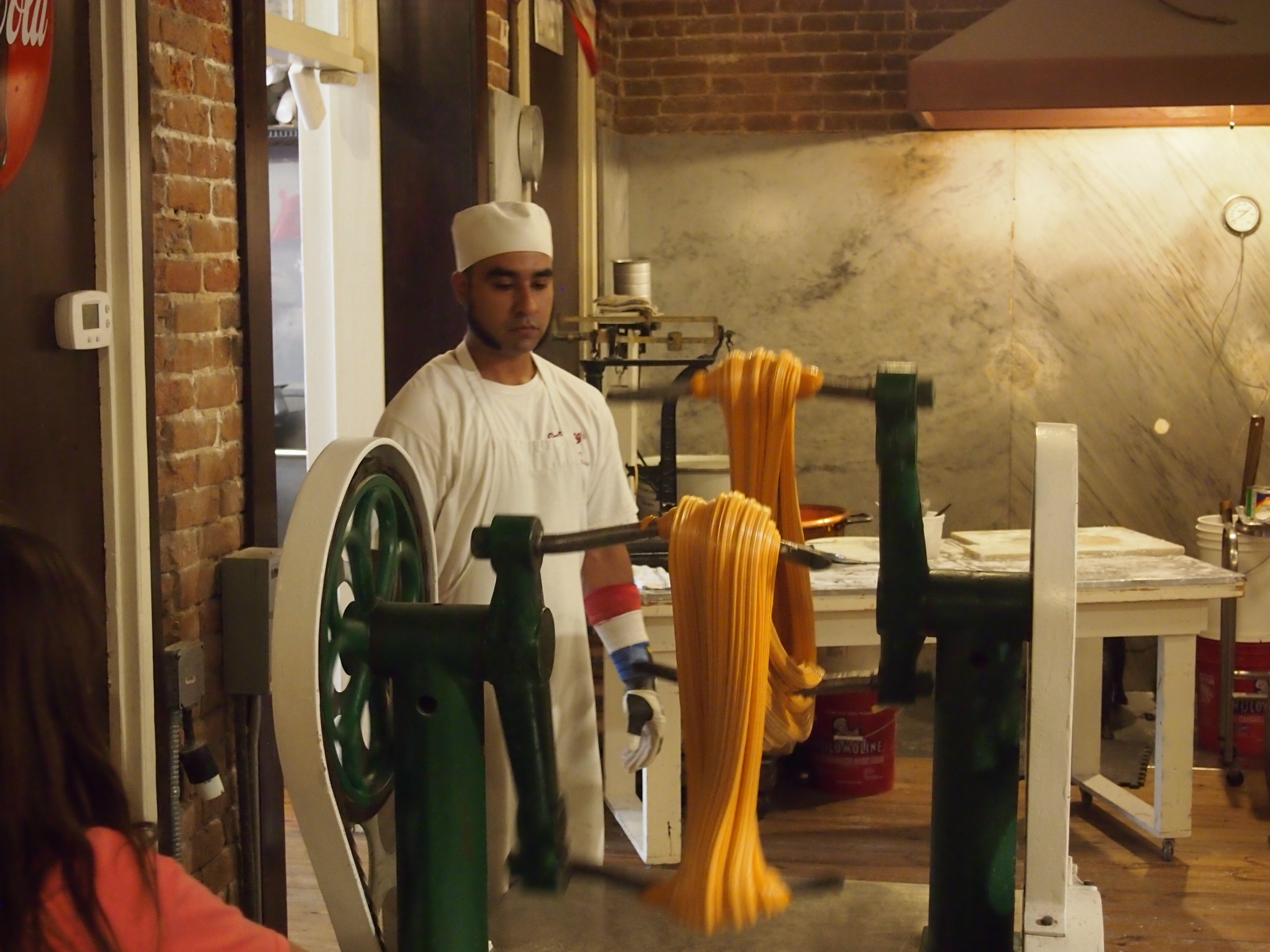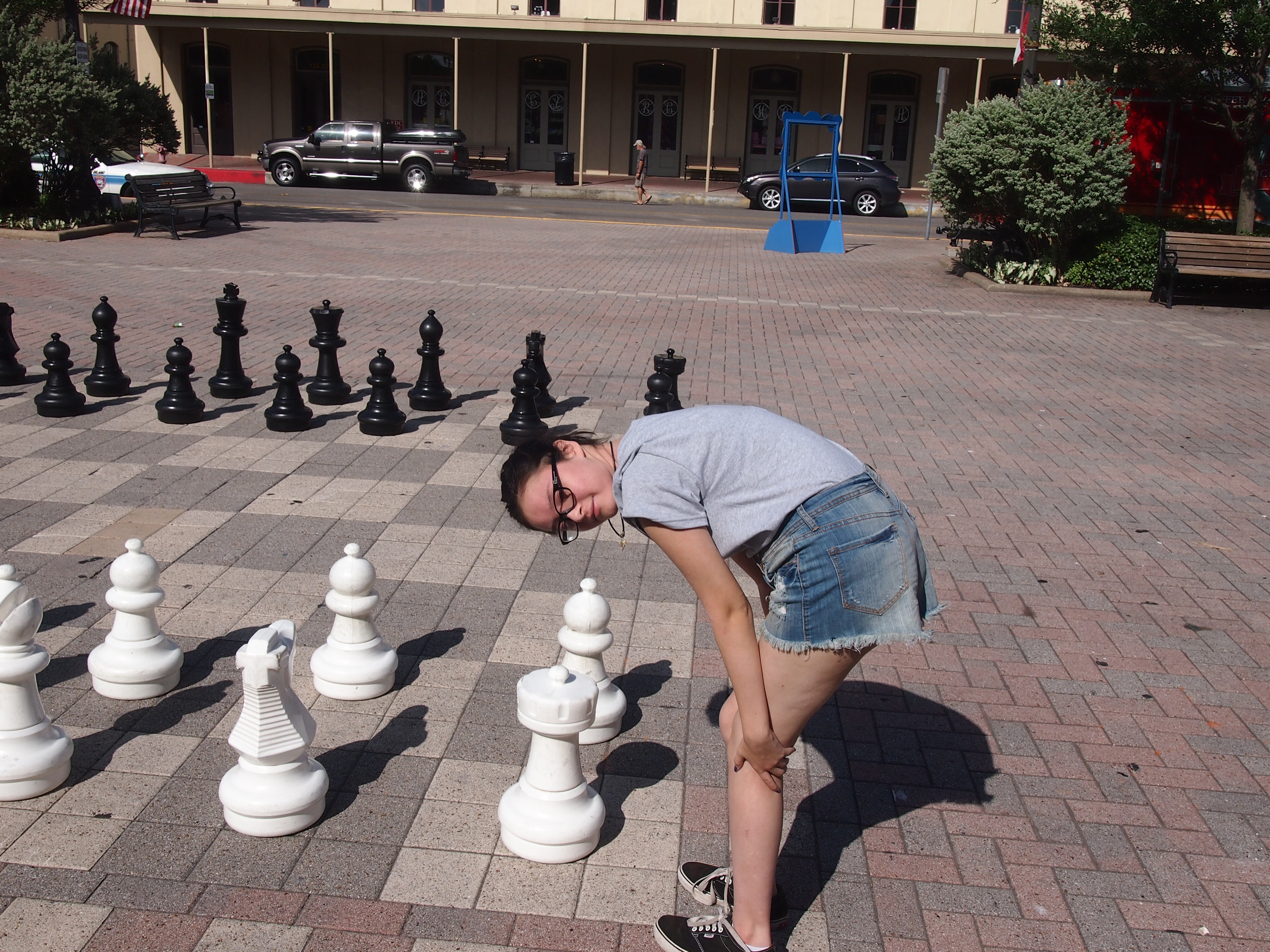If you have time, US 20 is the best way between metro Chicago and Rockford. I-90 is faster but not as interesting, and a toll road besides. We went to Rockford on the Interstate for speed, but returned at our leisure on the US highway, which is sometimes four lanes, sometimes two, along that stretch.
US 20 is also known as the Ulysses S. Grant Memorial Highway in Illinois, honoring Gen. Grant, who spent some time in western Illinois. In fact, the highway runs by his house in Galena. (US 20 itself runs cross-country, from Boston to Newport, Ore., or vice versa.)
The honorary designation has been in place since 1955, but most of the original signs were lost or fell apart. In 2007, the Illinois DOT started replacing them with brown-lettered signs that include a portrait of Grant. The route passes very close to where I live in the northwest suburbs, and I remember starting to see the signs appear nearly 10 years ago. I thought the designation was new as well, but now I know better.
One of the places on US 20 between Rockford and the northwestern suburbs is Marengo, a burg of about 7,500 in McHenry County. Oddly, it seems to be named after the battle of that name, which did so much to solidify Napoleon’s top-dog status, at least until Waterloo. Maybe some of the town founders included Bonapartist sympathizers, but well after the fact, since it was established in the 1840s.
For years, I’ve been driving by a sign that points to a historical marker just off US 20 in Marengo. High time I took a look, I thought this time. The marker is a few blocks north of US 20 on N. East St. This is what I saw.
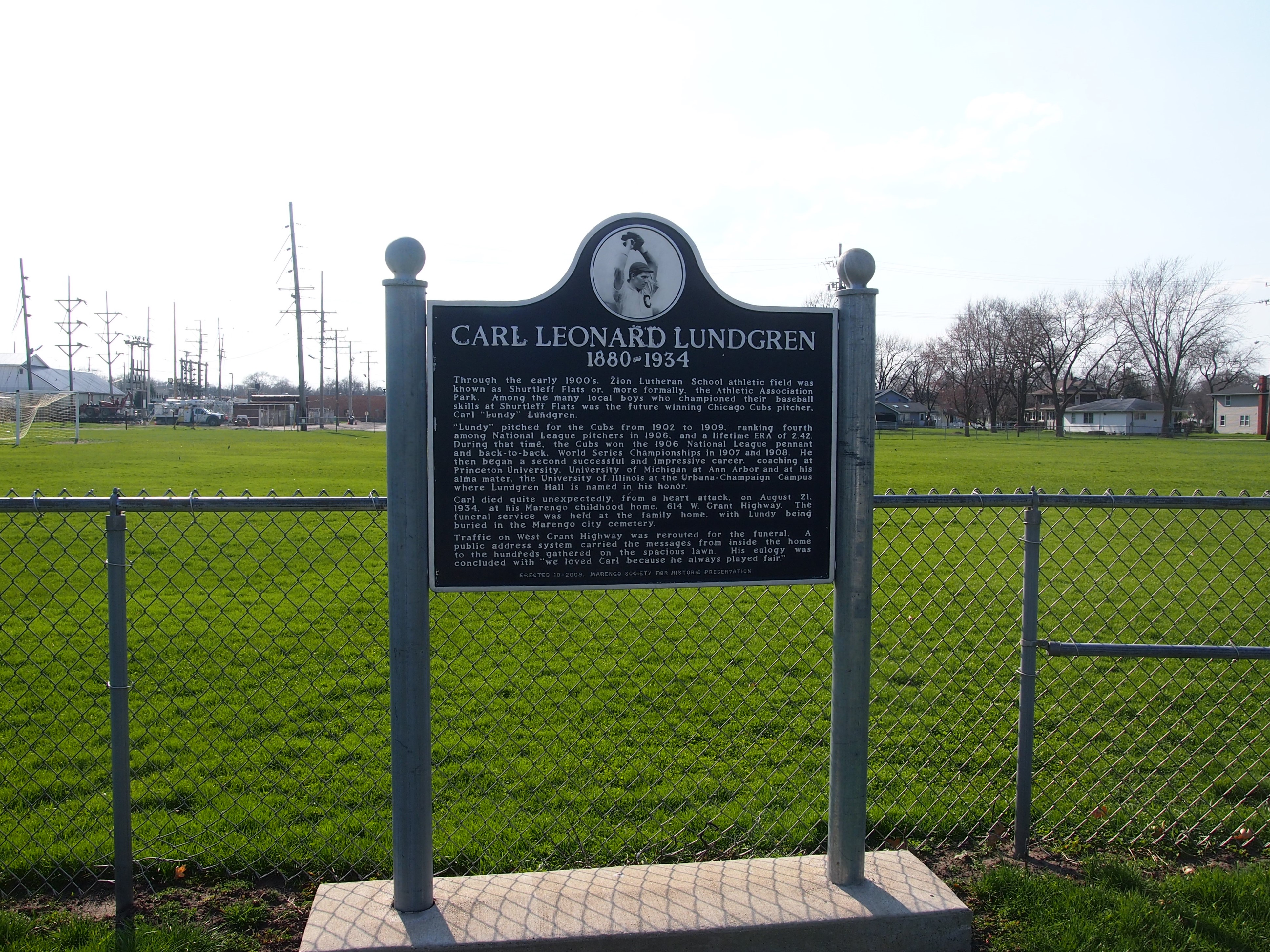 Carl Leonard Lundgren (1880-1934) hailed from Marengo, and behind the sign is the very field where he perfected his pitching skills, at least according to the sign. As a young man, Lundy Lundgren pitched for the Cubs from 1902 to ’09, and in fact pitched for the team during its most recent appearances in the World Series — 1907 and ’08.
Carl Leonard Lundgren (1880-1934) hailed from Marengo, and behind the sign is the very field where he perfected his pitching skills, at least according to the sign. As a young man, Lundy Lundgren pitched for the Cubs from 1902 to ’09, and in fact pitched for the team during its most recent appearances in the World Series — 1907 and ’08.
He’s buried in the Marengo City Cemetery across the street from the plaque.
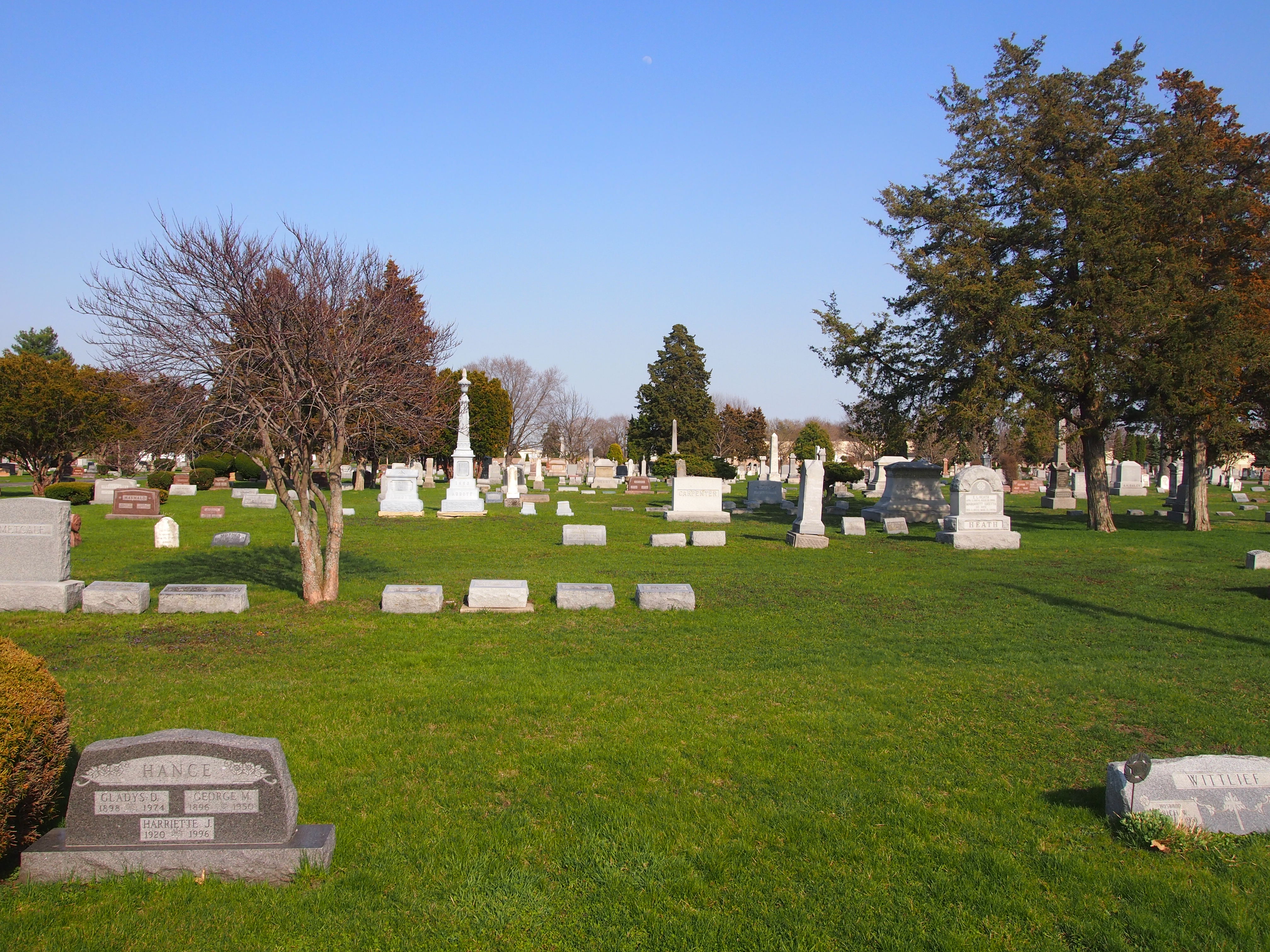 I took a look at the place from the street, but didn’t venture in. Most of it’s modern-looking, or at least 20th century, but there’s a small section whose stones look very old, older even than Lundgren’s, wherever it is. That bears further investigation someday.
I took a look at the place from the street, but didn’t venture in. Most of it’s modern-looking, or at least 20th century, but there’s a small section whose stones look very old, older even than Lundgren’s, wherever it is. That bears further investigation someday.
